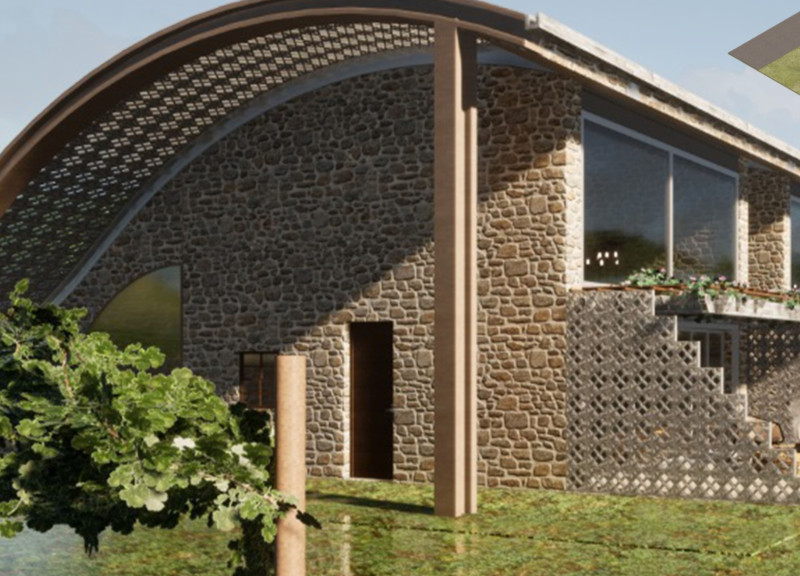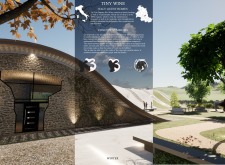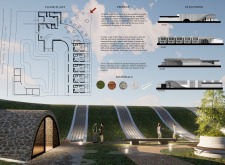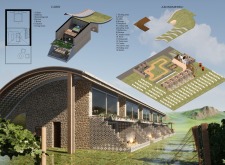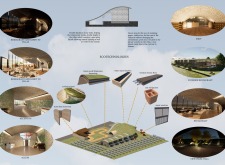5 key facts about this project
The project encompasses a series of interconnected guest villas, designed to provide comfortable accommodations for visitors. Each unit is strategically positioned to maximize views of the surrounding vineyards while ensuring privacy. The layout encourages a sense of community among guests, emphasizing shared experiences and interactions. The architecture features diverse spaces that appeal to various activities, including relaxation, socialization, and exploration of the surrounding agricultural landscape.
Integrative Design Approaches
One significant aspect of the Tiny Wine Guest Homes project is its commitment to sustainability through material selection and architectural design. The use of local stone not only reflects the geological characteristics of the region but also contributes to thermal regulation within the structures. This approach minimizes energy consumption, aligning with eco-conscious practices in modern architecture.
The project also employs innovative technologies, such as rainwater harvesting systems and ecological pools, which further reinforce its sustainable ethos. Green roofs enhance biodiversity and integrate the buildings with the landscape visually and environmentally. By incorporating these elements, the design demonstrates how modern architectural techniques can harmonize with traditional vineyard practices.
Community and Cultural Engagement
Another unique feature of this project lies in its focus on fostering connections between guests and the local culture. The inclusion of communal spaces, such as gardens and a stable for horseback riding, encourages collaboration and interaction among visitors and local residents. These areas serve as an educational platform for sustainable practices, allowing guests to engage directly with the vineyard's operations and gain insights into the agricultural lifestyle.
The architectural choices made in the Tiny Wine Guest Homes project support and reflect local traditions. The use of wood for interior finishes provides a warmth and connection to traditional rural architecture. Large glass windows enhance light penetration and allow unobstructed views of the vibrant surrounding landscape.
For a comprehensive understanding of the design and architectural philosophy behind the Tiny Wine Guest Homes project, it is encouraged to explore the complete project presentation. Detailed architectural plans, sections, and designs present valuable insights into the project’s innovative approaches and thoughtful execution. This examination offers a deeper appreciation of how architecture can thoughtfully engage with its environment and community while prioritizing sustainability.


